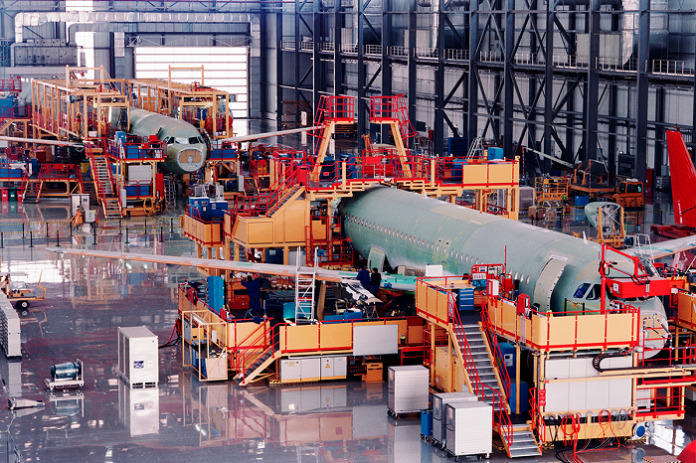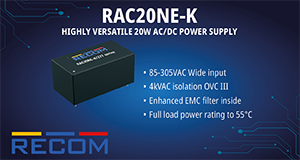In the car industry, quality control and management is important matter. In today’s era, requirements for quality control of various products and processes comprise a long list of checks. A company must not only fulfill the checklist of quality, but also safety, economy, and environment. Technological advancements have led to the improvement of these protocols to a point that it will be possible to have a zero-defect or 100% accuracy in the quality checks done by a company. But before 100% accuracy is achieved, the use of technology to reach as close to perfect accuracy is the goal of all companies. Automated products have high demand because of their superior quality and low prices.
What is the current process of inspection?
In an inspection station, two operators inspect the car on either side. They check the rocker panel for irregular or missing coats of primer. If they find a defect, the body of the car is sent back to the primer coating station for re-work. The process is then repeated. This process is manual, slow, and prone to human errors.
What is the automation technology to be adopted?
Car primer coat inspection using machine vision has been developed. It captures a set of images and labels them as “OK” or “Not OK” based on the primer coating seen in that image. These distinctions are taught to the AI-based Software platform called Qualitas EagleEye Cloud. This software model will detect defects in real-time and communicate those signals to the PLC. The PLC then reroutes the vehicle to the primer station or allows it to move forward depending on the results. A setup consisting of 3 cameras on each side with lights at the bottom is installed at the inspection stations. The 15FPS camera with a 16mm lens is used to magnify the area with a possible defect within a 600 mm range. The 6 cameras create complete imaging of the car. Defect detection is done and images are labeled. Based on the results, the car either passes or fails the quality check. Machine vision in the automotive industry can help achieve a superior degree of accuracy.
What is the process in which machine vision in the automotive industry detects defects?
- Specify a problem statement –
A business and technical analysis of visual inspection will help to develop a good strategy for visual inspection. A good strategy should include deciding the environment for the visual inspection system and if it will be real-time, what is the distinguishing factor between a defect and a regular image, how much development needs to be done based on these requirements, and the statistics it will record.
- Prepare the data –
Data annotation or image training is the most crucial step as the accuracy of the model depends on this training data. For visual inspection models, data is gathered in many ways. A client can provide existing video records or open-source video records of primer coat defect detection can provide the data. If the project is unique, data must be gathered from scratch according to the requirements of the model. The differentiating factor between the records will be the quality of the video. Good quality videos will help the machine vision to train better and hence have more accuracy. Once all the data is gathered, it is checked for relevance and anomalies.
- Develop the model –
There are three approaches to adopt while developing a model –
- Using the model as a service from a company – This type of approach is useful when your goals are in line with the company’s services. It saves budget and time and there is no need to develop a model from scratch.
- Using pre-trained models – A pre-trained model does not need model building from scratch and it will also use your data to train. Models that are previously trained on large datasets only need customization to solve your tasks.
- Developing a model from scratch – This is used for secure and complex visual inspection systems. The approach is effort and time-intensive but gives you results exactly as per your requirements.
- Train, evaluate, deploy and improve –
The visual inspection model is trained. Its performance is validated and resulting accuracy is checked. A test dataset is helpful at this point. It usually contains old or outdated videos which are similar to the video records used to train the model. After the training is done, the model is deployed and it starts detecting defects in real-time. There can be further improvements made to increase its accuracy as new data is gathered.
Thus, with the development of a visual inspection model that detects defects in real-time, manual inspection is not needed anymore. The accuracy and throughput will be increased with a model made for car primer coat inspections using machine vision. At Qualitas, the machine vision model has an accuracy of identifying primer coat defects at 100% when the defect size is 5mm. The inspection cycle time was also reduced from 65 seconds to 330 milliseconds with the help of machine vision in the automotive industry. This ensures a faster inspection with greater accuracy.
Contributing Author: Shriyansh Tiwari








